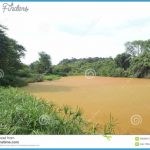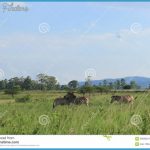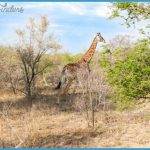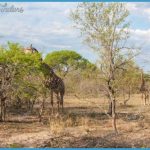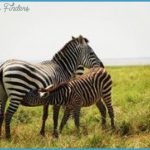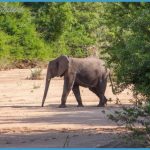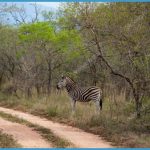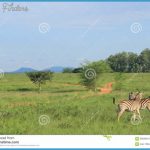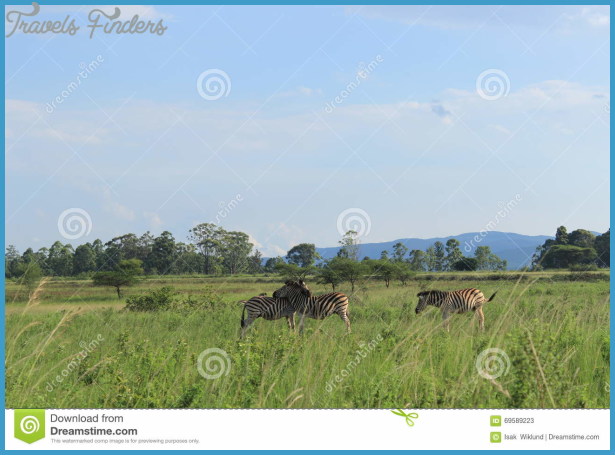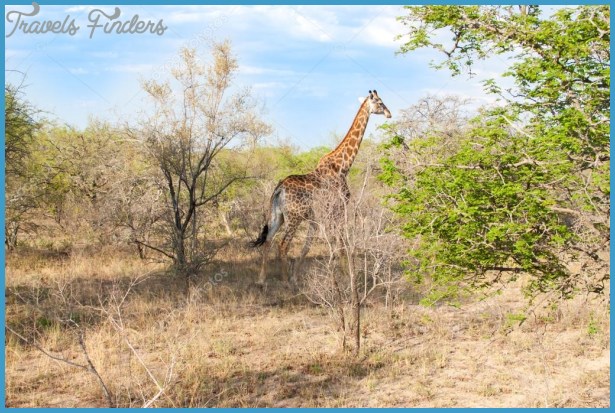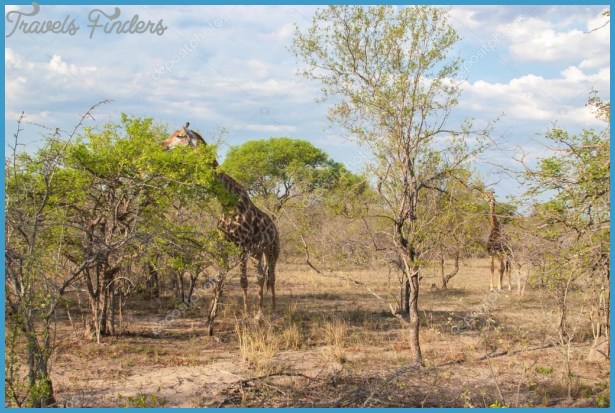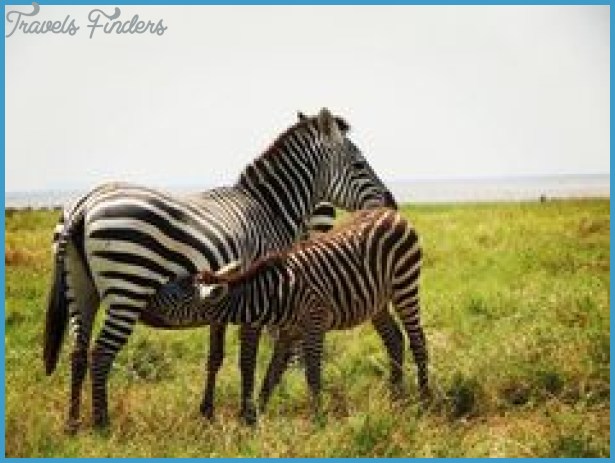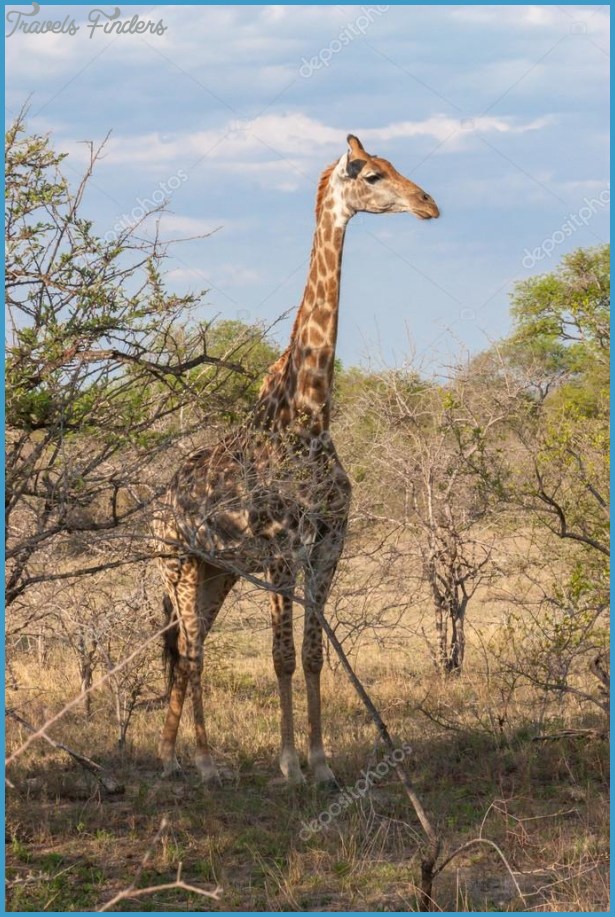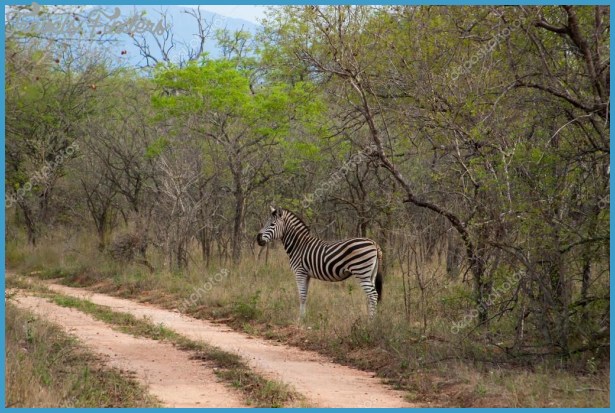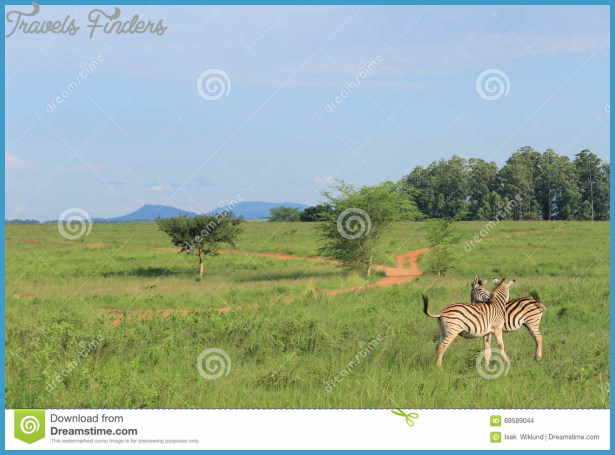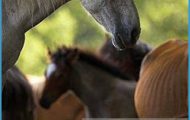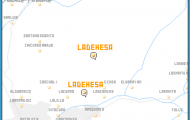Our Malian adventure had started in Bamako, Mali’s bustling, sometimes steamy capital, from where we travelled by road in a minibus to Segou. On the way we passed women pounding pestles into giant mortars on the roadside, adding water and mixing the resultant brown slurry by hand. This didn’t look much like the skincare centre of Mali but the resulting unpleasant smelling butter’ – made from the nuts of huge Shea trees – is very effective for treating skin problems. At about 1,000 Malian francs (£1.30) a litre, it is used in a huge range of western skin cosmetics that cost many times more.
Pressing on next day to Djenne after our overnight stop in Segou, we settled in for well over 300 km of tree-scattered savannah, frustratingly viewed only through a bus window. There was no time to stop and savour what we were seeing and spot what wildlife might have been about. Here, the African savannah long ago lost its lions and herds of wildebeest. The French colonialists did for most large animals in Mali and the locals long since finished them off. But I did spot intriguingly colourful birds among the trees. And if you’re into I Spy’ on journeys, t’ for termite mound – orange-brown pinnacles of what appear to be rock – and b’ for baobab – that sumo wrestler of the tree world with its curiously obese trunk – are dead certs here.
Famed for its huge mosque – the largest banco structure (a mix of mud, cereal crop chaff and water) in the world, smoothed and svelte in its outer finish – Djenne, built on an island between the Niger and Bani rivers, is ruined by the open sewers that meander their way along the rough sandy streets. A gorgeous mosque but a smelly town, we were careful to hop over each runnel we came across. And there were many. A variety of flies and other sundry invertebrates appeared to be hatching from the putrid liquids while scrawny chickens wandered about, picking up bits of I’m-not-sure-what from the sewers. I was just hoping that local chicken wasn’t our meal later that evening.
Djenne’s mosque, a World Heritage Site, is impressive alright, softly contoured, Saharan-sand coloured and topped off with a few ostrich eggshells, the whole thing reminiscent of some early collaboration between Dali and Gaudi if that’s not stretching belief too far. It has to be repaired by the townsfolk with fresh mud every time there’s a sizeable downpour of rain.
Nearby, we visited our local guide’s home village. Senossa, like every village in Mali, was awash with children smiling, excited, covered in dust and disarmingly eager to hold our hands, tag along and persist for cadeaux. These were Fulani people, cattle herders that were formerly nomadic but who have settled here in villages. Vieux, our guide, introduced us to his uncle, the village head, and gave us unnecessarily graphic descriptions of the hammer and (hopefully clean and sharp) chisel-like blade used for circumcising boys aged seven. We were taken to see the village’s honeymoon suite, a room with a larger than average mattress on the floor, a mosquito net and vibrant pink taffeta curtains, not quite Laura Ashley.
Africa Wildlife And Nature Travel Photo Gallery
Moving on to Mopti the following morning, we piled into our pinasse moored on the riverbank; rucksacks and small suitcases at the back, us on wooden seats in rows at the front. Once we had left the town behind, there were few people to see apart from an occasional farmer tending a crop, usually rice, near the river. By early evening on that first day, the river, already wide, burgeoned for tens of kilometres with extensive marshes either side. We had reached the so-called Inner Niger Delta crossing Lake Debo, one of the few year-round areas of water in this biblical floodland which, when there’s been a good rainy season, covers maybe 45,000 km2 of marsh and farmland.
The delta has an average width of nearly 90 km, making it one of the largest seasonal wetlands in the world, a watery wonderland and a maze of seasonal waterways, lakes and marshes in which the precise track of the Niger is impossible to define. In the distant haze, an occasional agglomeration of farmers’ huts sat in the water, small waves lapping into their open entrances. Shimmers of colourfully dressed women were doubled-up planting rows of rice in some faraway shallows. And a scatter of trees rose from the water, the remains of forests that once clothed much of this great wetland.
Little wonder that skeins of duck and egrets glided across the sky. For wintering duck from Northern Europe, this delta is paradise. Around half a million Garganey, perhaps a quarter of a million Pintail plus a host of terns and wading birds such as Ruff and Black-tailed Godwit winter here. Depending on the quantity of floodwater the huge variations in which can make the difference between starvation and plenty for the million people that rely on the delta – the birds might be spread about or concentrated on much smaller areas of marsh. When we were there, the big flood had spread them out enormously, there was so much waterlogged land.

